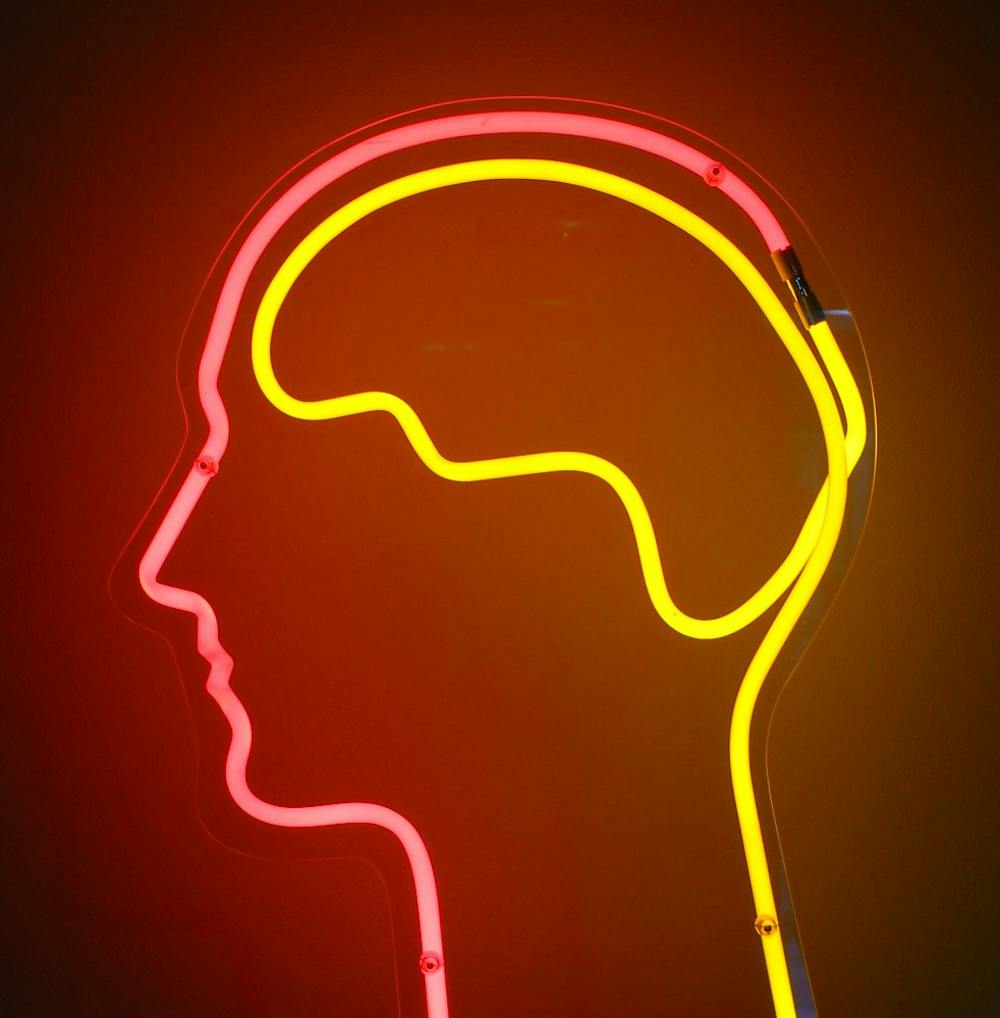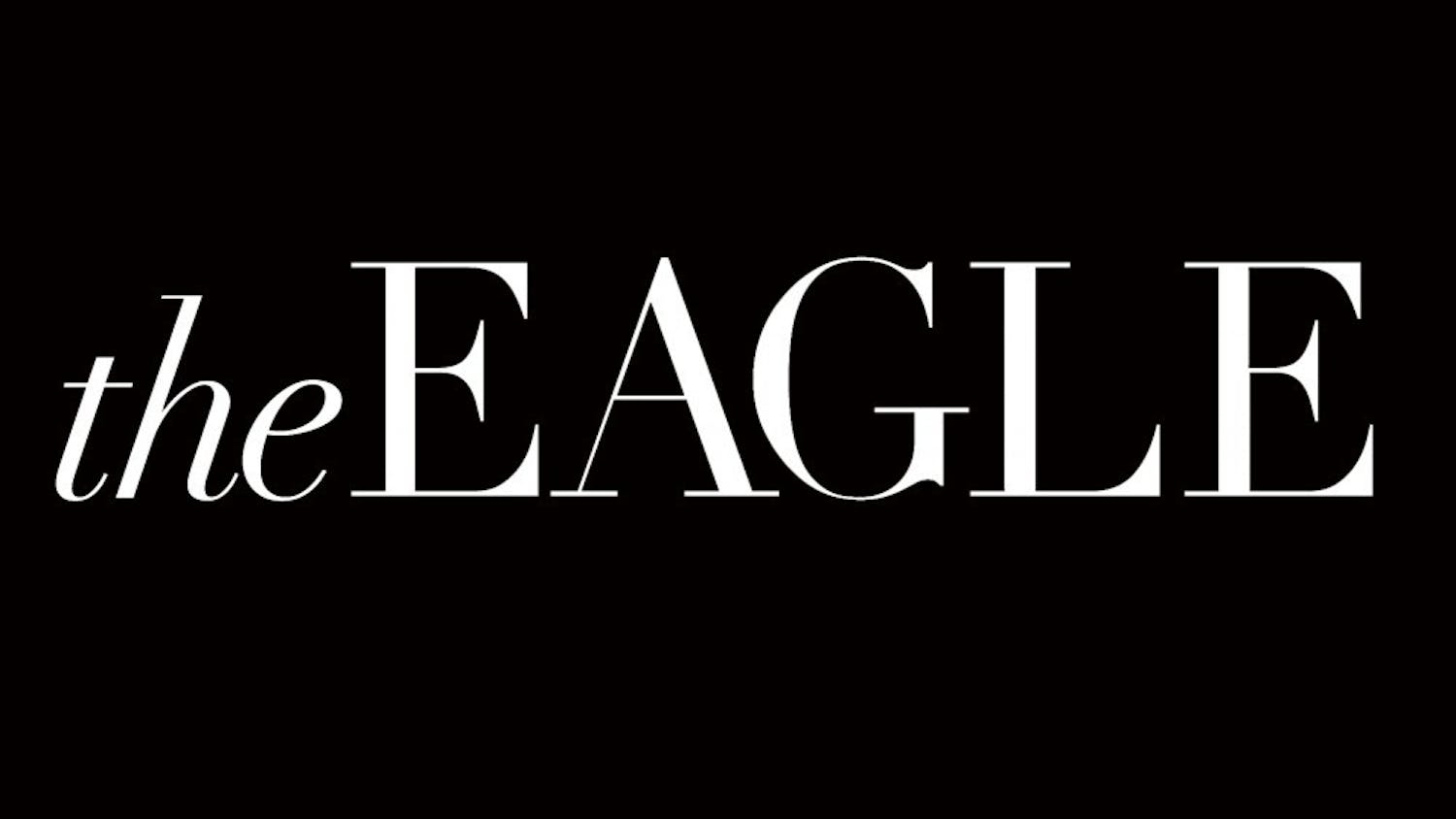The media’s influence on the public view has always been evident. We turn to the media to expand our own limited scope, to see the world through a larger lens. We look to their reports and coverage not only to learn about situations around the world but also the reactions from others.
The media wields great influence on society’s opinions and has the power to start a movement through its ability to spread a message in an instant—the predicament however, lies in what that message is.
In recent years, our nation has been plagued with seemingly endless attacks on innocent citizens, many who were in places considered safe, such as schools and movie theaters. The attacks in Aurora and Sandy Hook are only the tip of the iceberg on the recent killings that have plagued our nation.
While we deal with the horrors of this reality, we look for an explanation on why someone would feel motivated to go on such a horrific rampage. More often than not, the media claims that these shooters were mentally unstable, and that even though these attackers sought help in dealing with their challenges, it was to no avail. Though in some cases— such as the Santa Barbara shooting— these claims are true, often they have no factual basing. Without realizing it, our media is leading its audience to believe that most mentally ill people are a danger and pose a serious threat to society, where in reality this is not at all true. This problem must be realized and fixed before it leads to serious repercussions.
Dealing with a mental illness is a terrifying, ostracizing experience. The mentally challenged feel alone and scared, afraid to reach out for help and make their reality public. Those who struggle with mental illnesses live in a situation a majority of us will never have to face, and can’t even imagine. They live with a constant fear of being rejected or hated for something that is out of their control. They are afraid of the possibility that they won’t be able to control themselves and may hurt an innocent person or a loved one in the process.
“But if society labels all mentally ill people as a threat
and lashes out against them, these individuals will be less
inclined to reach out for the aid they need.”
However, almost all of them are not a danger to society. They want to live normal lives and are struggling to receive the aid they need and to combat their mental challenges in order to reach that goal. The media coverage reveals only a fraction of a larger community of people who are struggling with mental challenges; it is not representative of the majority. To battle this fear, to accept one’s situation, to make it known to others and to reach out for help takes an admirable amount of will and strength
But if society labels all mentally ill people as a threat and lashes out against them, these individuals will be less inclined to reach out for the aid they need. If everyone around them believes that they can’t be helped and will always pose a threat even if they are being treated, then soon they will believe this of themselves as well. If the general public is continually led to believe that mentally instability will cause attacks on the innocent, soon people will start lashing out against those who struggle with mental challenges.
They are discriminated against, treated in a hostile manner and possibly attacked and made out to be lepers. Instead of promoting awareness and attempting to stop bad situations before they happen, current media coverage is sending us towards a downward spiral that will only make things worse.
Labeling aggressors as mentally challenged does not protect us as society; it weakens us.
To stereotype against all individuals who struggle with mental defects is not only inaccurate, it’s morally wrong.
It contributes to a negative and hostile view built on assumptions and exaggerations rather than facts. Instead of creating a society where we look out for one another and aid those who need our help, we are building a culture that rejects and refuses those who are a helpless to their setbacks. We should aim to be a community that supports and nurtures each other, not a society that ostracizes and discriminates against those are who struggle with uncontrollable differences.
The media’s coverage of attacks and their reasoning that mental illnesses are to blame is misleading. Current coverage leads the audience to believe that mentally unstable people are a threat to society, regardless of whether or not they are receiving help to combat their challenges.
This message is untrue, and can potentially lead society towards a future where mentally ill people feel unsafe revealing their problems, and where the general public will hostilely reject everyone who struggles with a mental defect.
A balance must be struck between news coverage and reasonable explanation without gross exaggerations and stereotyping. The answer is not to label them as killers; it is to recognize the difference in the majority of people with mental illnesses compared to the minority of attackers and to act on that understanding by offering support and aid.
Rathna Muralidharan is a sophomore in the School of International Service.





